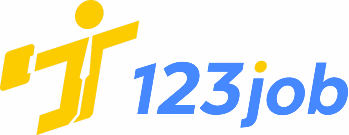SUMMARY:
The Identity and Access Management Coordinator is responsible for managing user access rights and identities within the company by creating, modifying, and deactivating accounts. The coordinator ensures appropriate access levels are granted based on roles and responsibilities while adhering to security policies and compliance regulations working closely with various departments to maintain data integrity and user access control across systems
RESPONSIBILITIES AND DUTIES:
User Account Management:
Name/ID changes – manages name/ID changes and all associated application changes to match the new name/ID.
Reviewing and updating user access rights regularly to maintain compliance
Promotion/Modifications – process access tickets for adding, modifying, removing access to all systems internally (SharePoint, mapped drives, e- Spider, RFQ’s) and externally (Covisint, Teamcenter, etc.)
Termination – disable all access, suspend (delete in 30 days) Active Directory permissions. Work with Outlook administrators to share mailbox, set out of office notice, mail forwarding, etc. Update any internal SPI application workflows.
Provisioning and de- provisioning user accounts based on employee lifecycle events (hire, promotion, termination).
Performing access certification process to ensure users only have the necessary access.
Hire – verify from Dayforce title, site, role in Active Directory for initial software needs and SharePoint access.
Managing access levels and assigning roles to users based on their job functions.
System Administration:
Order, track, and create purchase orders for any new software purchases managed through IT.
Software license tracking for all IT managed applications (Microsoft User O365, Windows OS, Server OS, SQL, Visio, Project).
Troubleshooting access issues and resolving user access requests.
Reclaims all software licenses from separated users to be applied to new application requests.
Compliance and Auditing:
Generating reports on user activity for compliance purposes.
Conducting regular access audits to identify potential security risks.
Ensuring adherence to data privacy regulations and industry standards.
Collaboration and Communication:
Communicating Identity and Access Management policies and procedures to end users and stakeholders.
Collaborating with application owners to define access requirements for new applications.
Working with HR to manage employee data and access changes.




